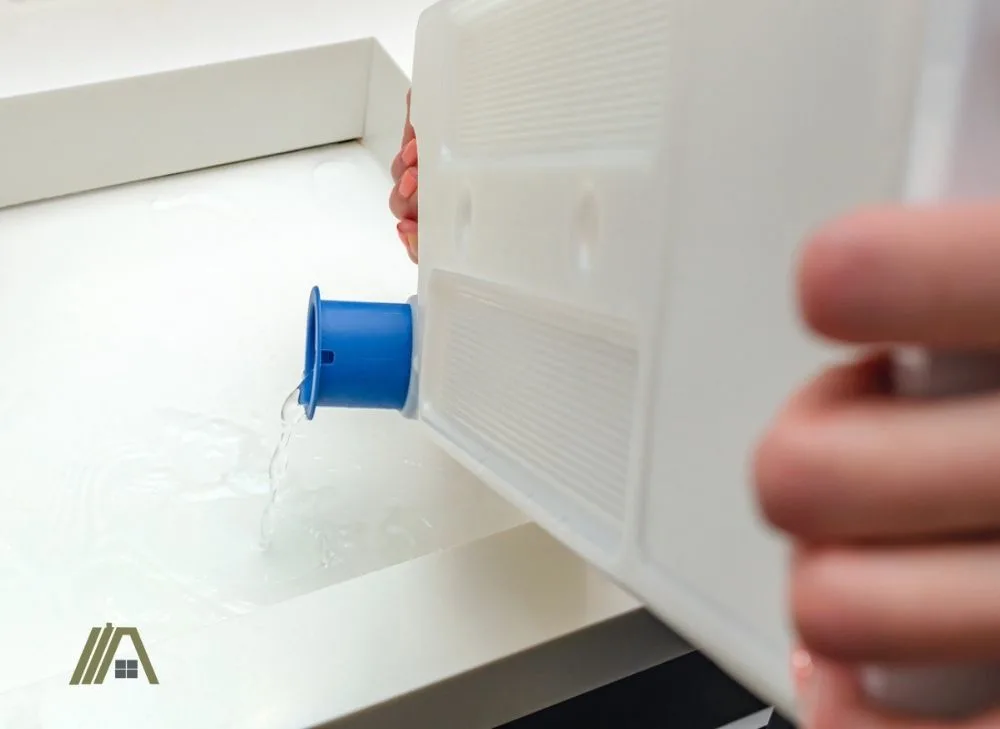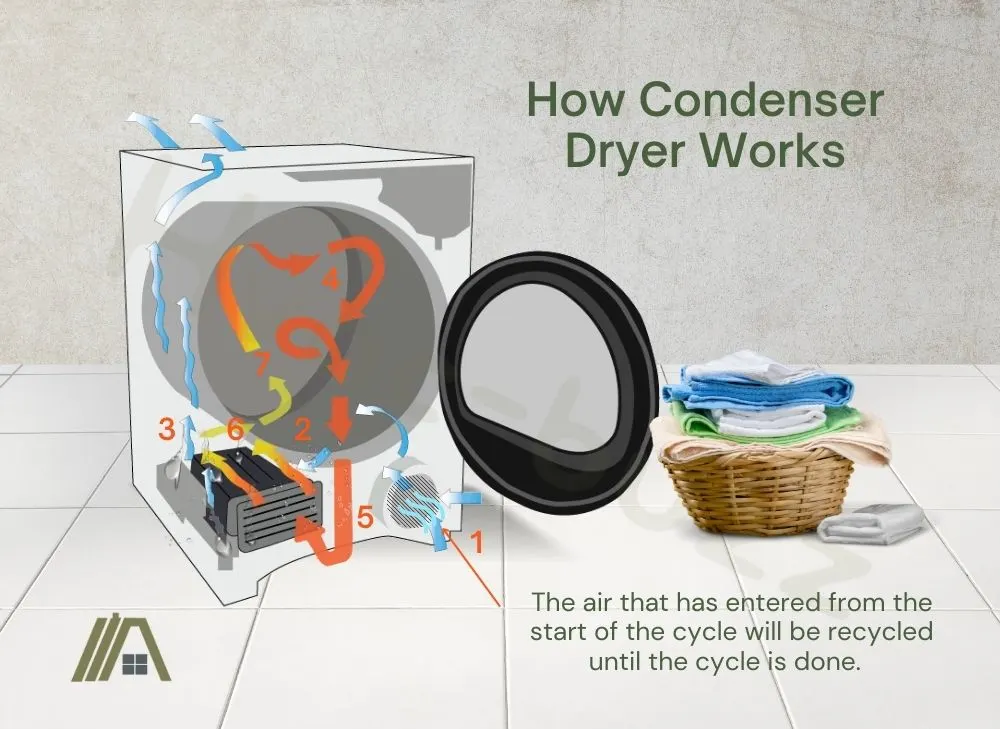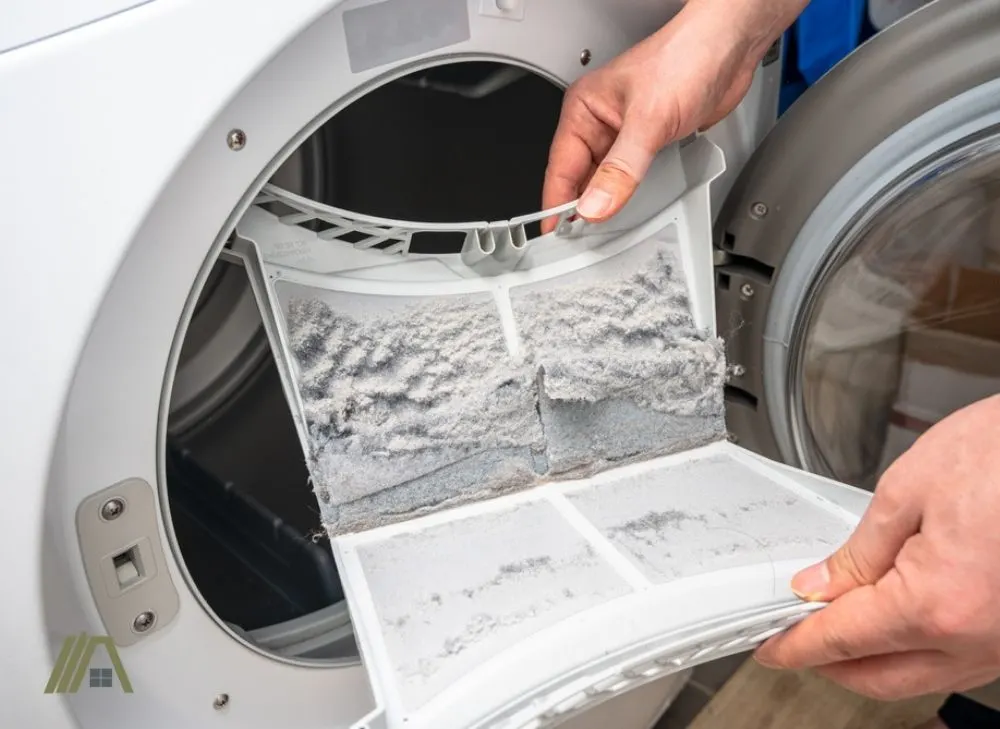I don’t know about you, but I have come across a lot of content highlighting how vital it is to vent your dryer. But what does this safety standard mean for the ventless options?
If you are also wondering whether it could be beneficial to add some ventilation to your ventless dryer, I have some good news – you can save yourself the work! Ventless dryers are perfectly safe and functional without a vent.

Ventless dryers cannot be vented. Such a modification would be invasive, complicated, and would only compromise the function of the appliance, decreasing its efficiency. Ventless dryers are designed to operate safely without a vent. Venting one would not add any benefits, only take some away.
Venting Ventless Dryers Wouldn’t Be Beneficial
The possibility of venting a ventless dryer would not bring you any benefits. In fact, it would likely do the opposite.
It cannot make the machine more efficient or safer (it will likely become more dangerous), and it cannot add any ventilation benefit to your home. If you need to increase ventilation in a room, dryers are not the way to do so as it is not their purpose.
Whether we look at it from a safety, efficiency, cost, or maintenance standpoint, it doesn’t make sense to vent a ventless dryer.
Ventless Dryers Are Designed to Be Ventless
Ventless dryers are designed to work without a vent. Therefore, not venting this type of appliance is expected, and it is not associated with the issues that come from not venting a dryer that is designed to be ventilated.
This means two things: ventless dryers are perfectly safe to be used in their ventless state, and it is essentially impossible to vent them.
In order to vent a ventless dryer, you would have to change the way it operates, which is unlikely to be successful or effective. In the end, it would be easier to purchase a vented dryer instead.
Let’s look at the three reasons why venting a ventless dryer is not really an option.
Ventless Dryers Don’t Have a Dryer Vent Outlet
The main reason you cannot vent a ventless dryer is that it lacks an outlet that can connect to ducting.
But what happens to the hot and humid air from the dryer without an exit vent?
Ventless dryers have internal systems that heat, cool, and recycle air in a loop to dry the drum’s contents. When the air is cooled, it loses the water it’s carrying, which passes directly into a drain or into a container that needs emptying ideally after every cycle.

The appliance is designed to manage the waste products of a cycle, including lint, in a safe way. This means the released air doesn’t hold a lot of moisture and is cooled and filtered before being released from the machine.
Thus, it is unlikely that ventless dryers will have negative impacts on your home, such as causing mold, dramatically increasing temperatures in a room, or increasing the risk of lint fires.
They Recycle the Air
To vent a ventless dryer would actually inhibit its function. This is because ventless dryers recycle air in an airflow loop to dry clothing loads.
The air is heated in the condenser of the dryer before being sent into the drum to evaporate water from the clothing and dry the items.
Then, this air is directed back into the condenser and cooled (losing its water content) before being reheated and reused in the drum. This process repeats until the cycle is done.

Suppose you were able to add the outlet to expel the hot air from the dryer instead of letting it return to the condenser to be reused. In that case, you would prevent your dryer from functioning as intended, decreasing its energy efficiency and the energy efficiency of your home.
Ventless Dryers Are Safe
You might think that a heat-generating appliance without a vent is dangerous, but ventless dryers are safe and officially permitted by the International Residential Code (Section M1502.2).
Ventless dryers might even be a safer option than vented dryers regarding fire risks. This is because they lack the trouble of lint building up in a vent. Instead, ventless dryers have lint traps that catch most of this flammable material.
Therefore, the lint has a lesser chance of dispersing into your home through a leaky duct or blocking the vent, causing condensation, water leaks, and, yes, even fire.

It is also safe for ventless dryers not to have a vent directly to the outside because they are exclusively electric. Gas dryers must be vented outside to dispose of byproducts (that electric dryers don’t emit) that can be poisonous.
Keep Ventless Dryers in Ventilated Space
One of the advantages of a ventless dryer is that it can be put in smaller or out-of-the-way places since it doesn’t require extensive and intrusive ducting. That, and you don’t need to make a hole in your home to install the dryer.
Provided you have an electrical outlet for the machine, it can easily fit in a closet or small room.
However, to prevent any potential humidity issues, you need to ensure that there is sufficient airflow in the space while the dryer runs. This means that you can keep it in a closet, but you will need to leave the doors open while it is in use.
Sources
https://www.reviewed.com/laundry/features/everything-you-need-to-know-about-ventless-dryers
https://uakc.net/blog/all-you-need-to-know-about-ventless-dryers/
https://www.designerappliances.com/blog/best-ventless-dryers/

